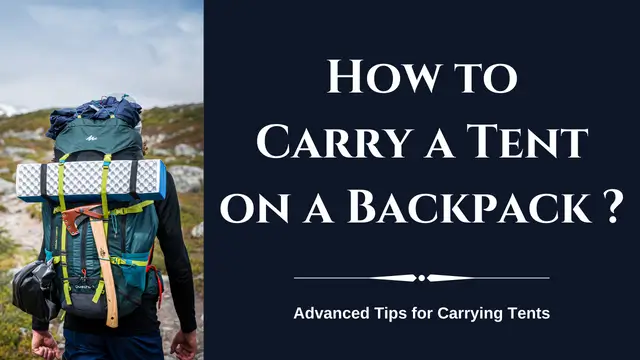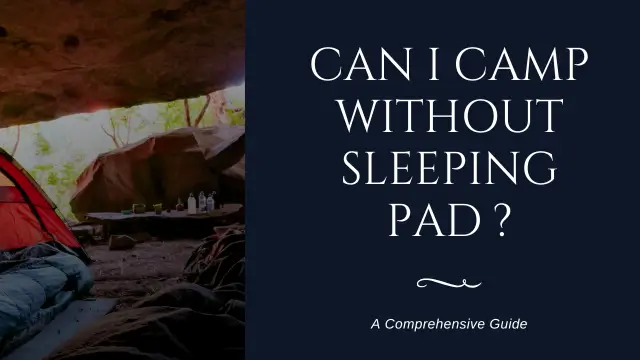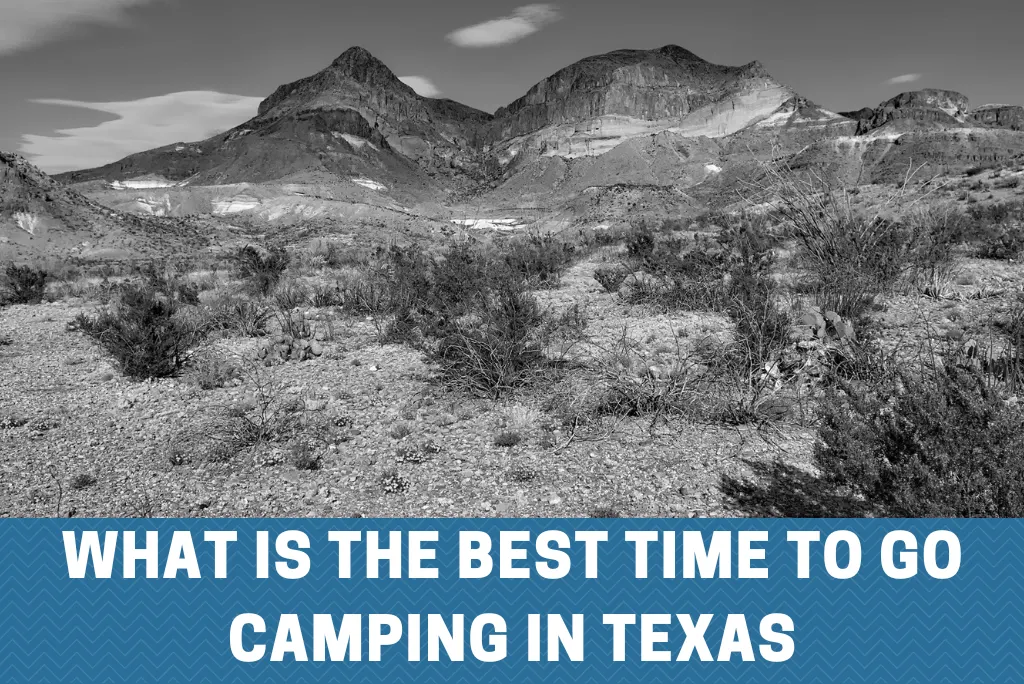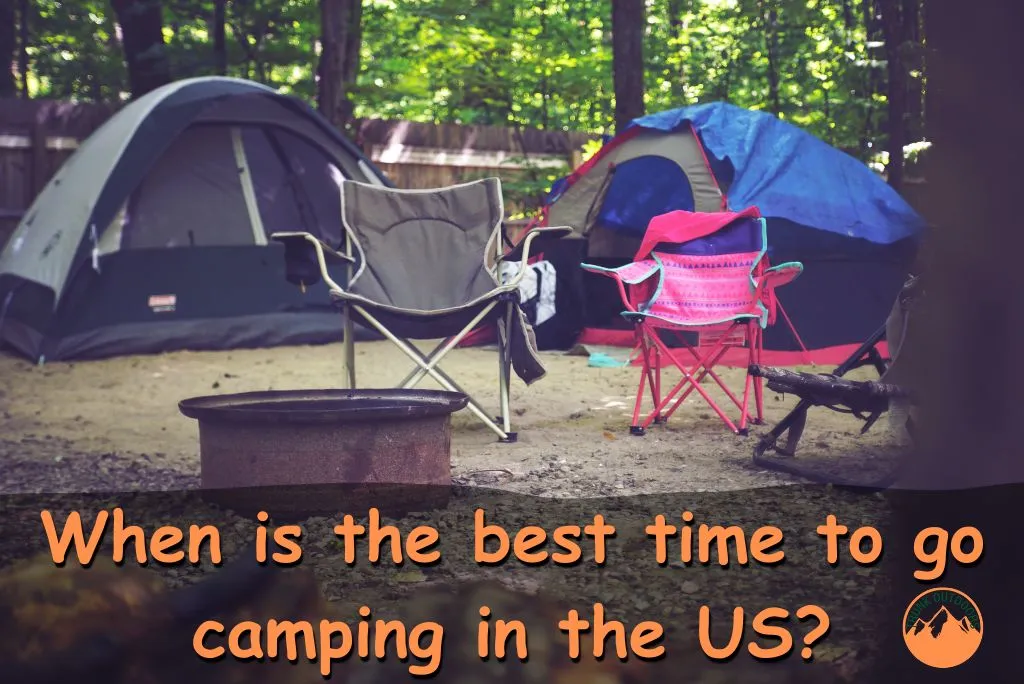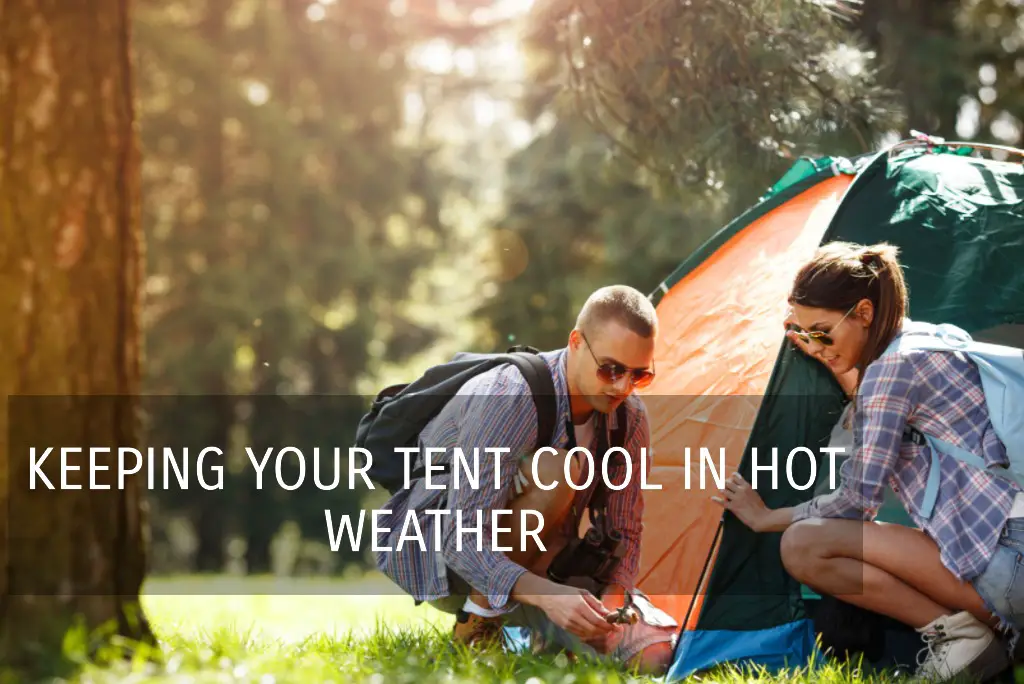How to Stay Safe in Extreme Weather While Camping: 6 Essential Tips
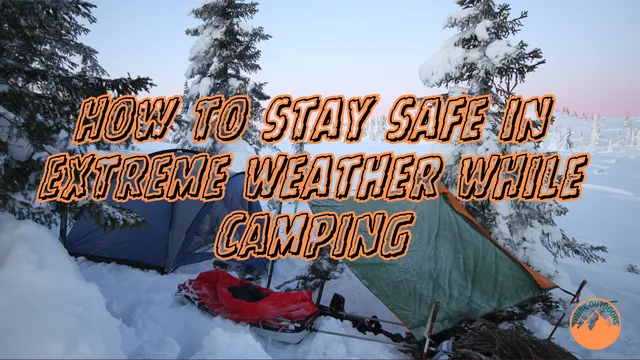
Camping is a great way to explore the outdoors, but it can also be dangerous in extreme weather conditions.
Whether you’re planning a camping trip in the mountains, near the coast, or in the desert, Mother Nature can throw some serious challenges at you.
But with a little planning and preparation, you can keep yourself and your fellow campers safe in extreme weather conditions.
In this article, we’ll go over some essential tips and tricks on how to stay safe in extreme weather while camping, including how to prepare for heavy rain, high winds, and lightning storms.
So grab your camping gear and get ready to learn how to stay safe while enjoying the great outdoors!
1. Prepare for the Weather
Check the Weather Forecast
Before you head out on your camping trip:
- Make sure to check the weather forecast for the area you’ll be visiting using a reliable weather app or website.
- Look for any alerts or warnings for the area where you’ll be camping.
This will give you an idea of what to expect and allow you to pack the appropriate clothing and gear. You can also use this information to adjust your itinerary if necessary.
Bring Appropriate Clothing and Gear
Based on the weather forecast, make sure to pack appropriate clothing and gear for the expected conditions.
- If heavy rain is expected, bring waterproof rain gear and extra pairs of socks and shoes.
- If high winds are expected, make sure to properly secure your tent and bring sturdy stakes and guylines.
- It’s also a good idea to bring a first aid kit and extra supplies in case of emergency.
2. Stay Safe in Extreme Heat
Stay Hydrated
One of the most important things you can do in extreme heat is to stay hydrated. Make sure to drink plenty of water throughout the day, even if you don’t feel thirsty. Avoid alcohol and caffeine, which can dehydrate you.
Stay Cool
To avoid heat exhaustion or heatstroke, try to stay cool by seeking shade, using fans or air conditioning if available, and wearing loose, light-colored clothing. You can also take cool showers or soak in a stream or lake to cool off.
Learn more about How to Keep Bugs Away While Camping.
3. Stay Safe in Extreme Cold
Layer Up
In extreme cold, it’s important to layer up to keep yourself warm.
- Start with a base layer of moisture-wicking fabric, add an insulating layer, and finish with a waterproof and windproof outer layer.
- Don’t forget to wear warm hats, gloves, and socks to protect your extremities.
Stay Dry
Wet clothing can quickly lead to hypothermia in cold weather. Make sure to keep yourself and your clothing dry by using rain gear and avoiding sweating by removing layers when you start to feel too warm.
4. Prepare for Heavy Rain
Choose a High and Dry Campsite
When camping in heavy rain, it’s important to choose a campsite that’s high and dry. Avoid setting up camp in low-lying areas or near bodies of water that may flood during heavy rain.
Use a Waterproof Tent and Rainfly
Invest in a high-quality waterproof tent and rainfly to protect you and your gear from heavy rain. Make sure to properly set up your rainfly and tent to prevent any leaks or water from seeping in.
Keep Your Gear Dry
Store your gear in waterproof bags or containers to keep it dry during heavy rain. You can also use a tarp or groundsheet to create a dry space outside your tent.
Check this article to learn about these 6 Important Camp Stove Safety Tips for Safe Outdoor Cooking.
4. Stay Safe in Thunderstorms
Seek Shelter
If you hear thunder or see lightning, seek shelter immediately. The safest place to be is in a sturdy, enclosed building or vehicle. If no shelter is available, try to find a low-lying area away from trees and tall objects.
Avoid Metal Objects
During a thunderstorm, it’s best to avoid metal objects, including bicycles, tools, and tents. If you can’t avoid them, make sure to crouch down with your feet together and your head tucked in.
Crouch Down Low
If you’re unable to find shelter during a lightning storm, crouch down low on the ground, making sure to keep your feet close together. Cover your ears with your hands to protect them from thunder.
5. Protect Yourself from High Winds
Properly Secure Your Tent
High winds can easily damage your tent; so make sure to properly secure your tent by using guylines, stakes, and a rainfly to prevent it from collapsing or blowing away.
You can also use heavy objects like rocks or logs to weigh down the corners of your tent.
Stay Away from Trees and Tall Objects
During high winds, trees and tall objects can fall and cause serious injury. Avoid setting up camp under trees or near tall objects that may fall or break in the wind like cliffs or rock formations.
6. Emergency Preparedness
Bring a First Aid Kit
Accidents can happen, so it’s important to bring a well-stocked first aid kit with you on your camping trip. Make sure to include items like bandages, antiseptic wipes, and pain relievers.
Let Someone Know Your Itinerary
Before you head out on your camping trip, make sure to let someone know your itinerary, including where you’ll be camping and when you plan to return. This will make it easier for rescue teams to find you if you get lost or injured.
Read more about these 13 Essential Campsite Safety Tips.
FAQs
-
What should I do if I get lost in extreme weather conditions?
If you get lost, stay calm and try to find shelter as soon as possible. If you have a compass or map, use it to navigate. If not, try to follow a stream or river downhill, which will usually lead to civilization.
-
Can extreme weather conditions affect my camping equipment?
Yes, extreme weather conditions like heavy rain, high winds, and extreme temperatures can damage your camping equipment. Make sure to properly store your equipment and take steps to protect it from the elements.
-
How do I know if my clothing is appropriate for extreme weather conditions while camping?
Look for clothing made from moisture-wicking materials that will keep you dry and warm, and make sure to layer your clothing so that you can adjust your outfit as the temperature changes.
Conclusion
Camping in extreme weather conditions can be a challenge, but with the right preparation and knowledge, you can stay safe and enjoy your trip.
Make sure to check the weather forecast before heading out, pack appropriate clothing and gear, and take steps to protect yourself and your equipment from heavy rain, high winds, lightning storms, and extreme temperatures.
By following these essential tips and tricks, you’ll be well-equipped to handle whatever Mother Nature throws your way during your camping trip. So get out there and enjoy the great outdoors safely!
